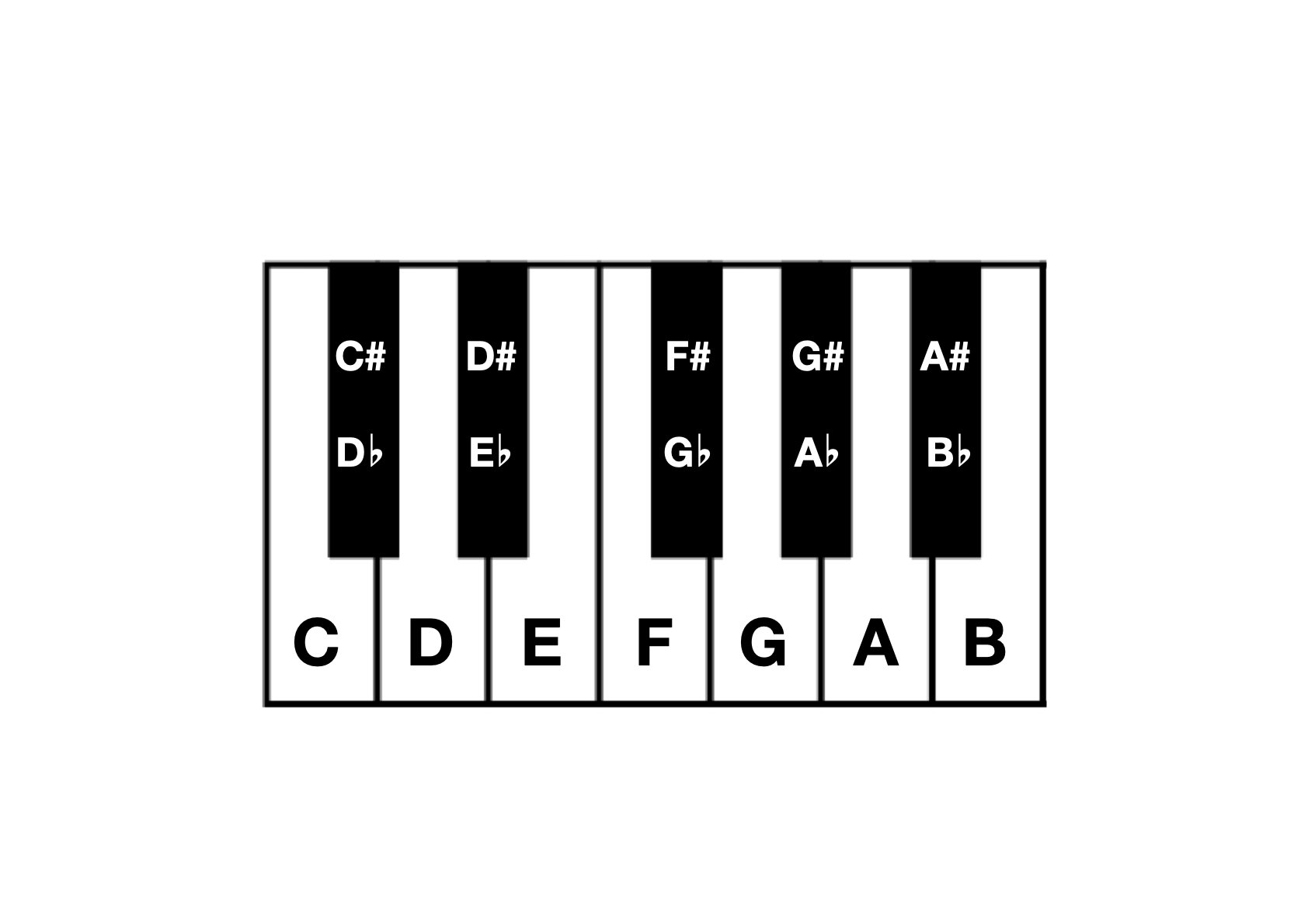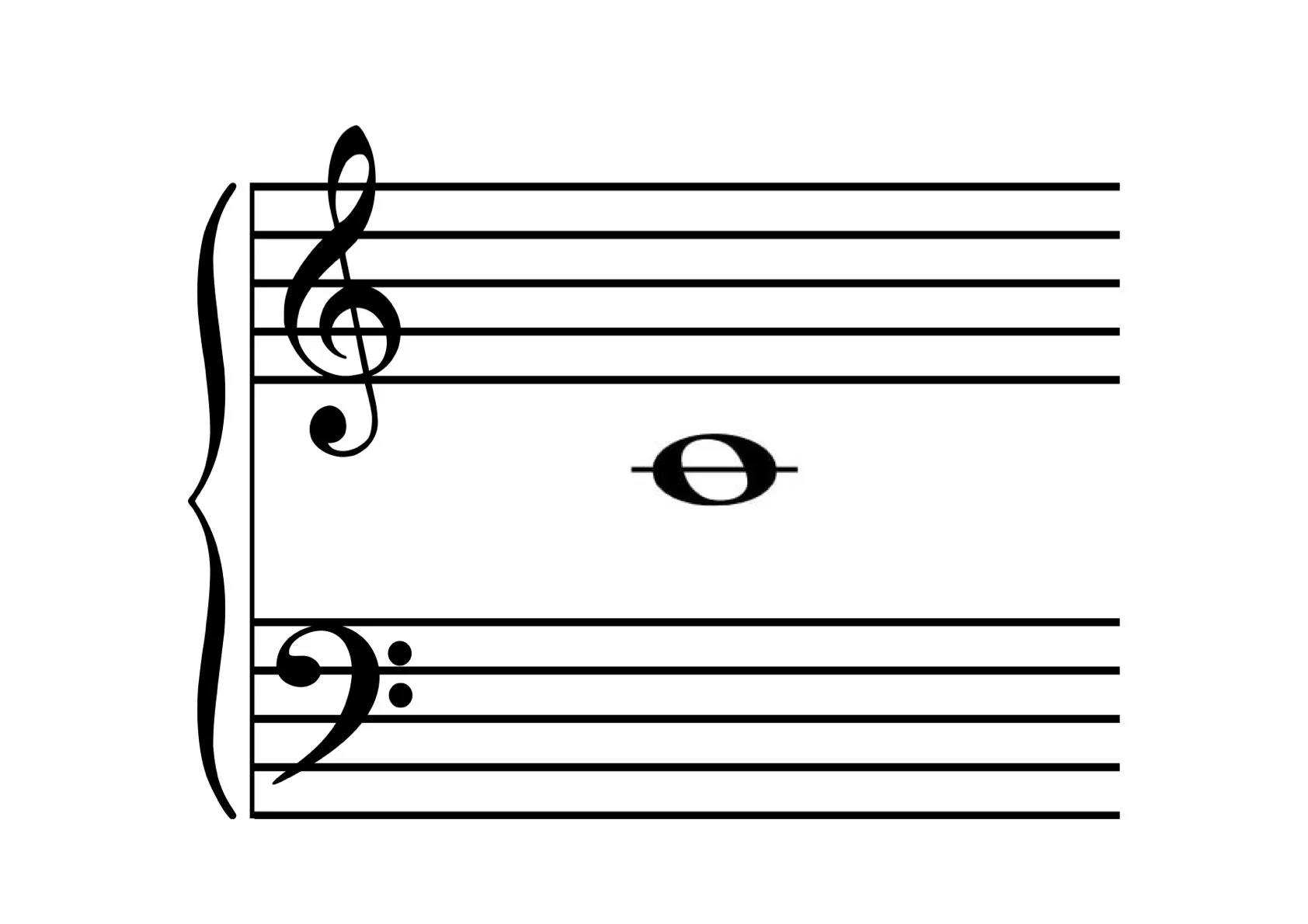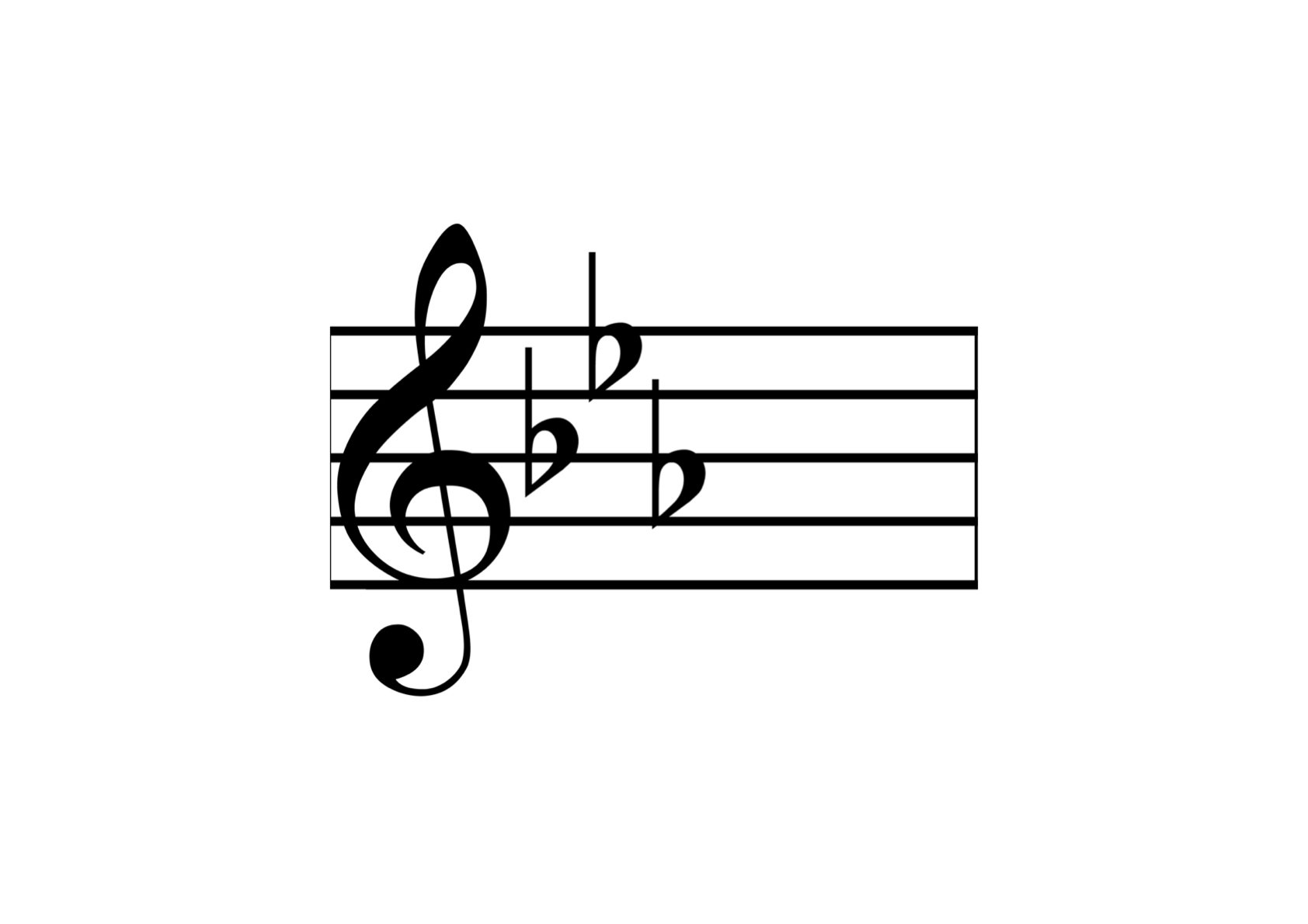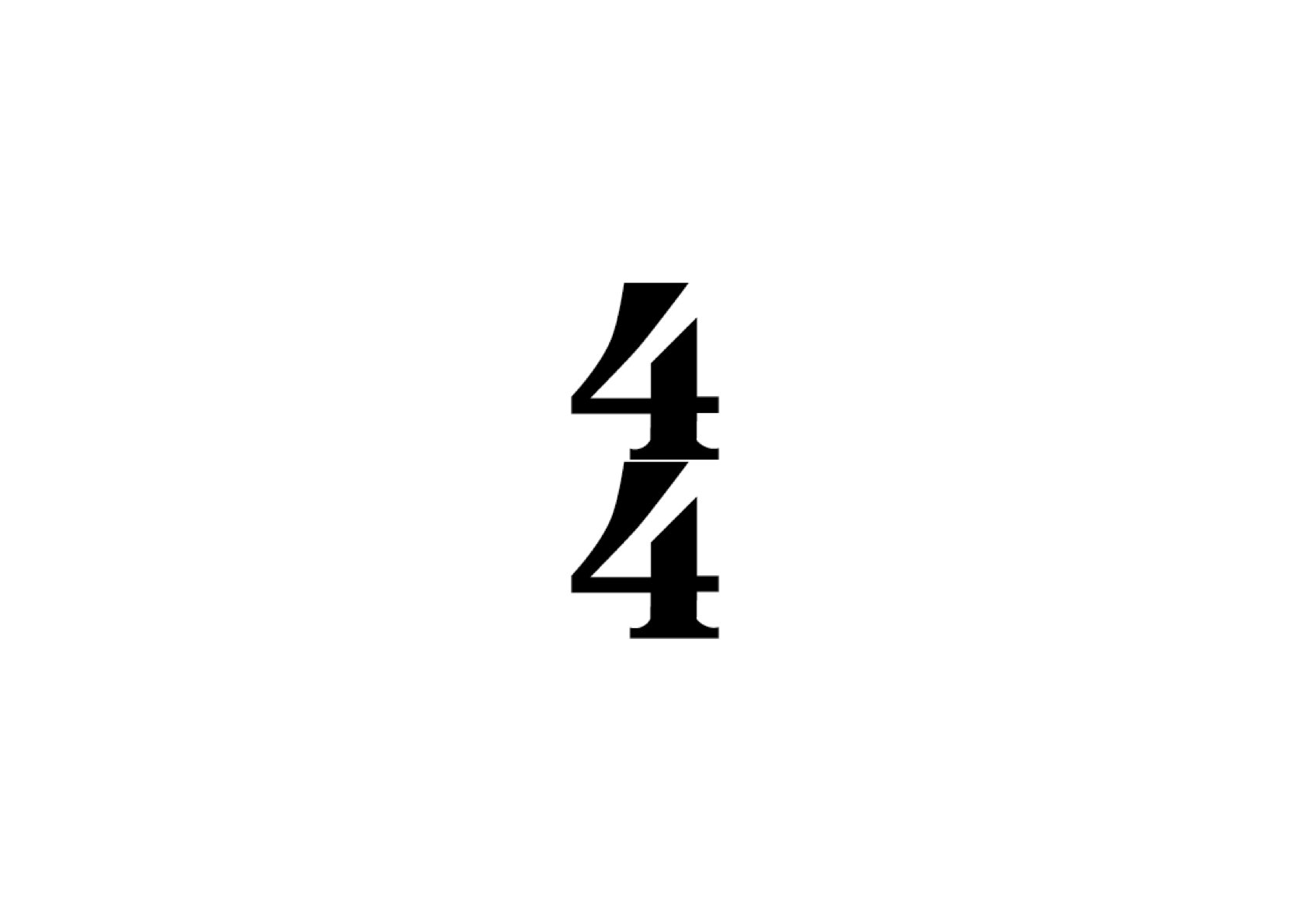Piano Notes for Beginners
Learning to read and play piano music notes is a fundamental step for any aspiring pianist. This beginner-friendly guide will walk you through the basics of musical notes, their representation, and how to read them on a staff. By the end of this post, you'll have a solid understanding of the basics, and you'll be well on your way to mastering the language of music.
Understanding Musical Notes
Musical notes are the building blocks of music, each representing a specific frequency or pitch. These notes are named using letters from A to G. Additionally, we have sharps (#) and flats (b) to indicate slightly higher or lower pitches, respectively.
The Staff and Ledger Lines
Notes are written on a staff, which consists of five horizontal lines and four spaces. Each line and space corresponds to a different pitch. For notes that go beyond the range of the staff, we use ledger lines.
The Grand Staff
For piano music, we use the grand staff, which combines two staffs: the treble clef for the right hand and the bass clef for the left hand. Middle C is the central note that connects the two staffs.
Clefs: Treble and Bass
The treble clef, also known as the G clef, is used for higher-pitched notes. The bass clef, or F clef, is used for lower-pitched notes.
Left: Treble clef, Right: Bass clef
Key Signatures and Time Signatures
Key signatures indicate the number of sharps or flats in a piece of music, setting the tonality. Time signatures, on the other hand, indicate the rhythm and beat, telling you how many beats are in each measure and what note value gets the beat.
This key signature has 3 flats: Bb, Eb, and Ab.
This time signature indicates that there are 4 crotchet beats in each bar.
Practice and Patience
Learning to read piano music takes time and patience. Practice regularly, and don’t get discouraged if progress seems slow at first. With persistence, you will find yourself becoming more comfortable with reading and playing music notes.
FAQs
Q: What are the basic piano notes I should start with?
A: Begin with the notes in the C major scale: C, D, E, F, G, A, and B.
Q: What are the first steps in learning to play the piano?
A: Start by familiarising yourself with the keyboard layout and learning to read simple sheet music. Practice playing scales and simple melodies.
Q: How quickly can I expect to progress?
A: Progress varies from person to person. Regular practice and consistency are key. Some may notice improvement within a few weeks, while others may take longer.
Conclusion
Reading and playing piano music notes is an essential skill for any pianist. Be patient, stay persistent, and keep practicing. Soon enough, you'll be reading and playing music with confidence and ease.
If you have any questions or need further assistance, feel free to contact us at Pinner Music Academy. Happy playing!








